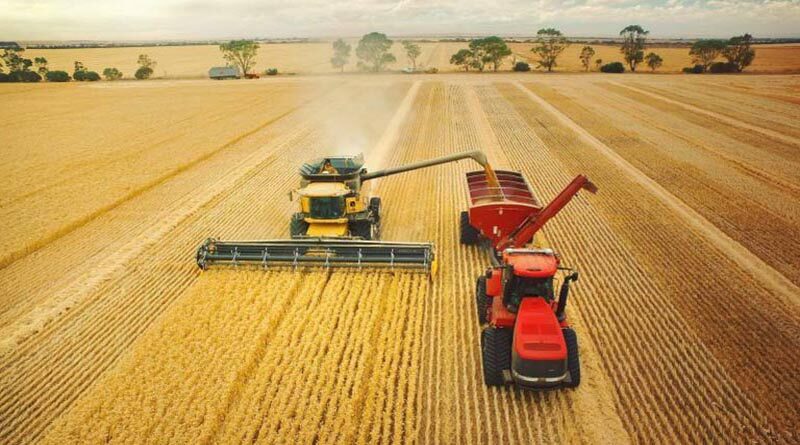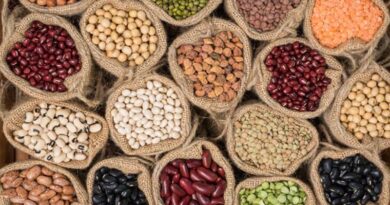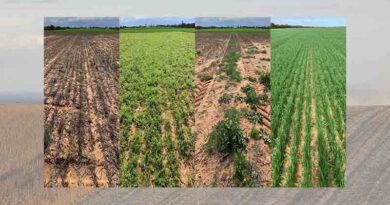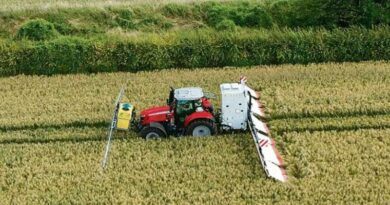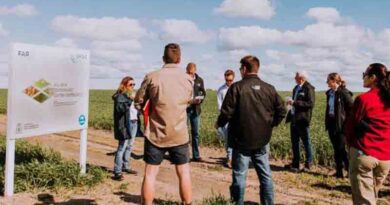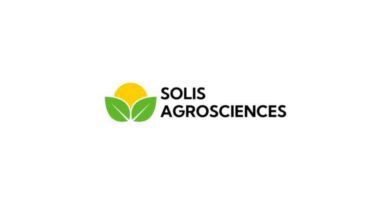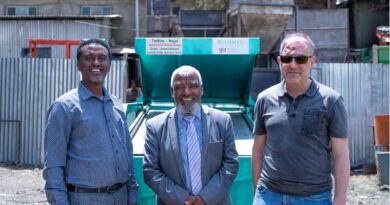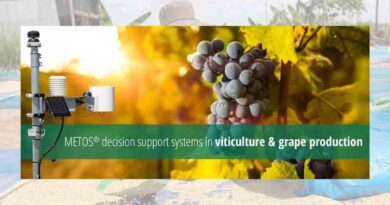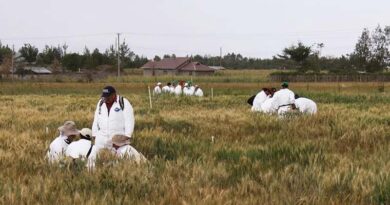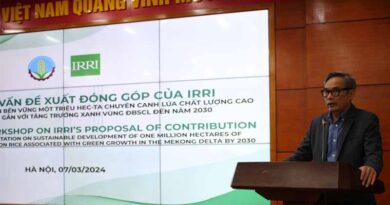Australia: New research into the tall and short of stubble height impacts
10 February 2022, Australia: The impact of stubble height on cropping systems and grower profits in Western Australia is being assessed through a new Grains Research and Development Corporation (GRDC) investment.
Led by the Liebe Group, the project aims to provide growers with an improved understanding of the risks and rewards attached to both tall and short harvested stubble.
GRDC Grower Relations Manager – West, Jo Wheeler, says the new investment has been established in response to increasing grower interest in the ‘strip and disc’ high residue system.
“National Grower Network members in the western region have expressed a desire for greater understanding of the many issues and opportunities of moving to a taller stubble retention system before they consider changing from their current farming system,” Ms Wheeler says.
“Growers are looking to understand the system’s benefits in terms of water use efficiencies, reduced wind erosion and increased yields, and the fit within the WA landscape.”
It is hypothesised that higher stubble harvest heights will generate greater soil cover during the summer fallow, leading to more soil moisture conserved for the subsequent crops and therefore higher yields under certain seasonal conditions.
Also Read: USDA to Invest $1 Billion in Climate Smart Commodities, Expanding Markets, Strengthening Rural
However, there are possible downsides to this practice that include lower seeding efficiencies, changes to frost risk, herbicide tie-up and reduced harvest weed seed control.
Other issues and opportunities to be explored during the project include lower weed germination due to less disturbance; improved soil structure; disease carryover; hair pinning of stubble at seeding; lack of cultivation below seed in disc seeding systems; increased fire risk over summer; pre-emergent herbicide efficacy; and nitrogen inefficiency when top spreading into straw.
Liebe Group Executive Officer, Katrina Venticinque, says Liebe Group is collaborating on the project with three other grower groups in WA – Facey Group, Stirlings to Coast Farmers and Corrigin Farm Improvement Group – along with an experienced team of researchers, advisers and economists from the Department of Primary Industries and Regional Development, CSIRO and Farmanco.
“The formation of this project team will provide a great opportunity for WA growers to better understand how a change to stubble architectures may affect their overall farming system,” Ms Venticinque says.
“For example, on the Liebe Group’s site near Maya, our host grower Brian McAlpine has identified his interest in understanding how a higher stubble height may increase water retention over summer and support improved germination of his break crops in the rotation.
“These are the types of questions we hope to provide clarity on over the coming seasons.”
The project involves four demonstration sites across the low, medium and high rainfall zones of WA. Each site will host one grower scale demonstration with two standard treatments at all sites (stripper front with disc seeder and draper front with tyne seeder) and at least one treatment based on the local host grower’s input.
Treatments were implemented during the 2021 harvest and trials will continue over three growing seasons until December 2024.
A range of monitoring and measurements will be undertaken at each site, including spray efficacy testing, crop establishment counts and weed counts, crop disease assessments, and seeding and harvest efficiency.
An informative e-booklet will be developed at the end of the project to showcase all demonstration results, economic analysis and return on investment data, as well as key learnings to further inform decision making. Video grower case studies will also be produced.
Growers will be given exposure to the demonstration sites through both in-paddock and virtual mediums throughout each year, including during seeding, mid-season and harvest.

